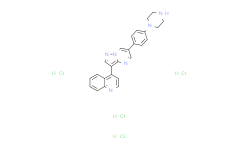
购物车0
产品总数:60957


| 商品编号 | 规格 | 价格 | 会员价 | 是否有货 | 数量 |
|---|---|---|---|---|---|
| PL11862-2mg | 2mg | ¥865.45 | 请登录 |
|
|
| PL11862-5mg | 5mg | ¥1174.55 | 请登录 |
|
|
| PL11862-10mg | 10mg | ¥1978.18 | 请登录 |
|
|
| PL11862-50mg | 50mg | ¥7418.18 | 请登录 |
|
|
| PL11862-100mg | 100mg | 询价 | 询价 |
|
|
| PL11862-200mg | 200mg | 询价 | 询价 |
|
|
| PL11862-10mM*1mLinWater | 10mM*1mLinWater | ¥1426.76 | 请登录 |
|
 扫码关注公众号
扫码关注公众号